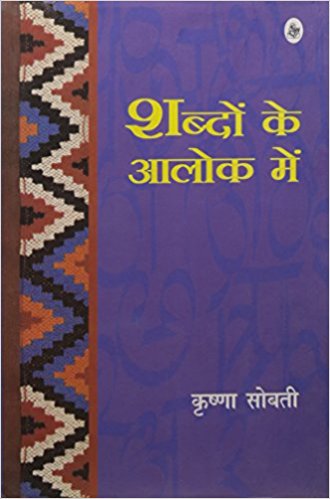Krishna Sobti’s Shabdon Ke Aalok Mein is a book of miscellany that evolves as a continuous narrative of her ever-evolving personality—both as a writer and as an individual. Woven around memory and nostalgia, travel fragments and everyday associations, dialogic-monologues and interviews, creative-critical reflections/impressions and academic interactions, this narrative tends to foreground Sobti the woman, her milieu and some of the literary moments she has lived through in the near past. As such, it not only becomes a socio-literary index of her oeuvre—and one tends to approach the book with the same expectation, i.e. to discover a key to Sobti’s literary corpus—but also an introspective chronicle of her life and times.
December 2006, volume 30, No 12

